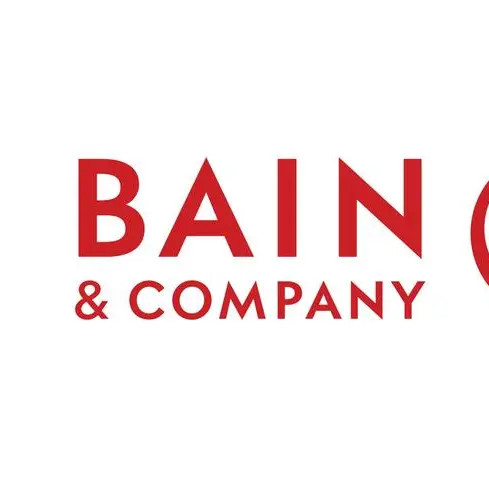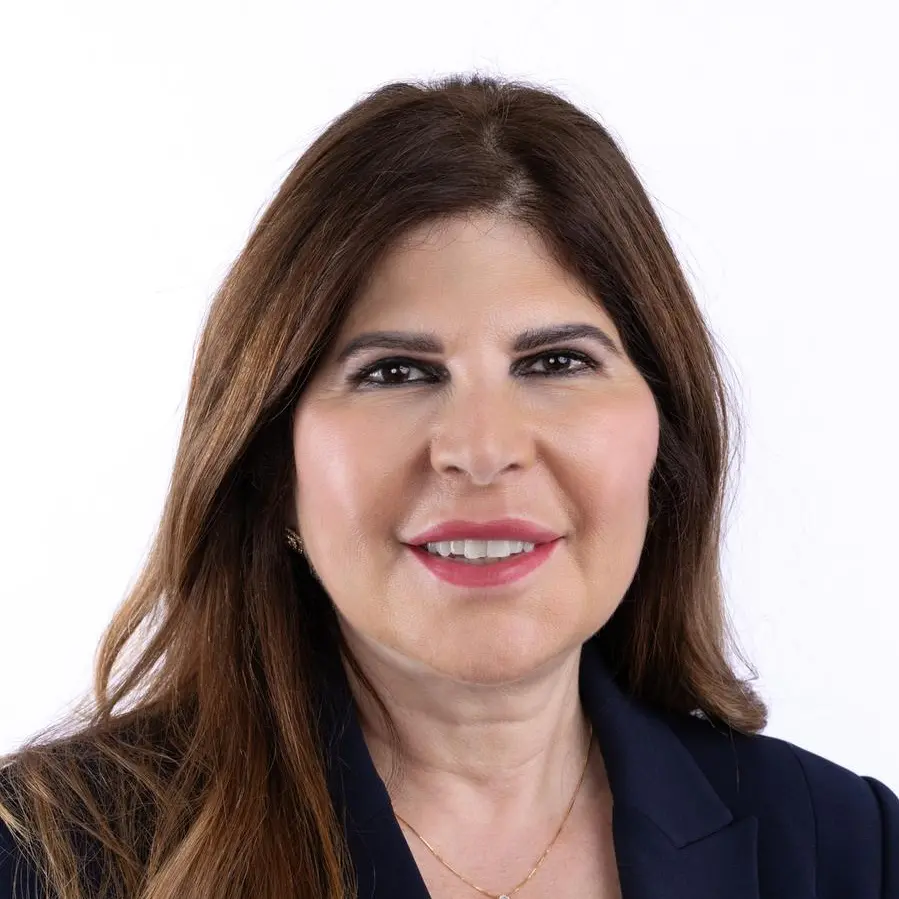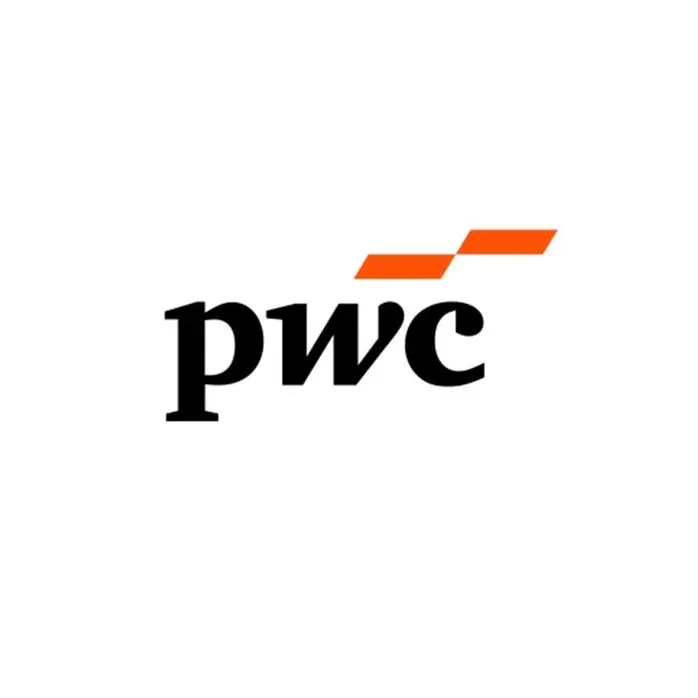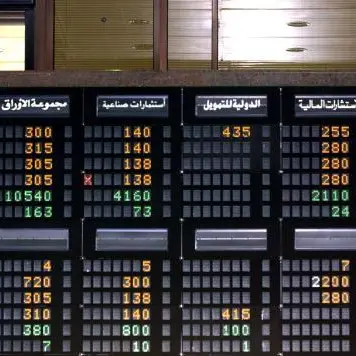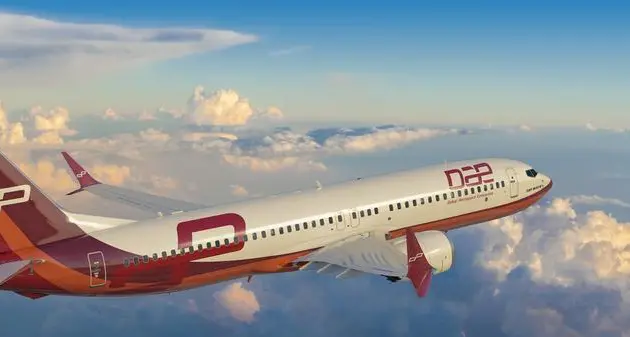- Sovereign wealth funds across the Middle East, North Africa, and Pakistan (MENAP) region manage some $3.3 trillion in assets, yet start-up founders in the region have had difficulty attracting funding until recently
- While venture capital funding grew 7 percent last year, the top ten start-ups typically account for 35-55 percent of funding each year with the total number of deals taking place falling from 725 to 703 in 2022
- Since 2018, 80 percent of funding has been in food and beverage, fintech, transport and logistics, and e-commerce across the regions four core markets
- Seven themes have strong potential to take flight over the coming decade: AgTech, cybersecurity, sustainability, VR and gaming, beauty and wellness, healthcare, and advanced materials and manufacturing.
The latest article published by McKinsey & Company, Is MENAP’s budding start-up ecosystem ready to blossom?, explores the unique potential for MENAP (Middle East, North Africa, and Pakistan) to become a global start-up ecosystem—and some of the challenges that stand in the way.
A growing but still risk-averse ecosystem
The MENAP venture ecosystem still has headroom for growth compared to other developed and emerging hot spots globally. Regional public-market capitalizations account for 32 percent of GDP versus 98 percent globally, while VC investments are 0.1 percent of GDP versus 0.8 percent globally. Additionally, despite the region’s diversity of countries, four core markets — Egypt, Saudi Arabia, Pakistan, and the United Arab Emirates—have captured 90 percent of investor funding since 2018.
However, the region is growing into itself, with VC funding growing five times since 2017, reaching $3.45 billion in 2022. With this surge in funding, eight start-ups have reached a valuation milestone of more than $1 billion since 2019. With value to capture, a strong pipeline of budding start-ups and eager investors are vital to ensuring funding is not concentrated among the promising few.
Other emerging hot spots emphasize MENAP’s room for growth
Venture capital investments as a share of GDP across Latin America and Southeast Asia are 0.4 percent and 0.8 percent, respectively. These numbers imply ample runway for the region to experience growth of four to eight times its current size in the coming years. While other markets saw a slowdown in funding over 2022, MENAP proved relatively resilient.
“While the future of venture capital in the MENAP market looks promising, the next three to five years will be critical in creating a sustainable and robust start-up ecosystem that can reach its full potential,” says Massimo Mazza, a McKinsey senior partner, global leader of McKinsey Venture Capital Group (Fuel).
How to seize the opportunity
Our analysis shows that the MENAP region hosts four major archetypes of investors—regional VC funds, foreign capital, government, and family offices and family-owned businesses—and all are growing. Taking advantage of the local opportunity means investors need to position themselves well, providing not only capital but also privileged insight, local expertise, a global network, and an exit strategy. Beyond that, as in any emerging market, policymakers could play a key role in developing the MENAP VC ecosystem to compete globally.
The MENAP venture capital space is growing and looking more promising—and taking action over the next few years will be critical.
Francesco Malatesta and Abdullah Nabulsi are associate partners in McKinsey’s Dubai office, where Abdur-Rahim Syed is a partner. Massimo Mazza is a senior partner in the Riyadh office.
Read the full article here
